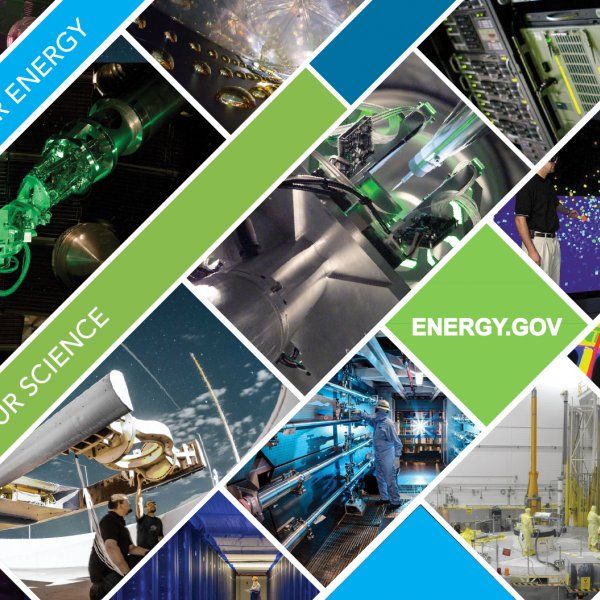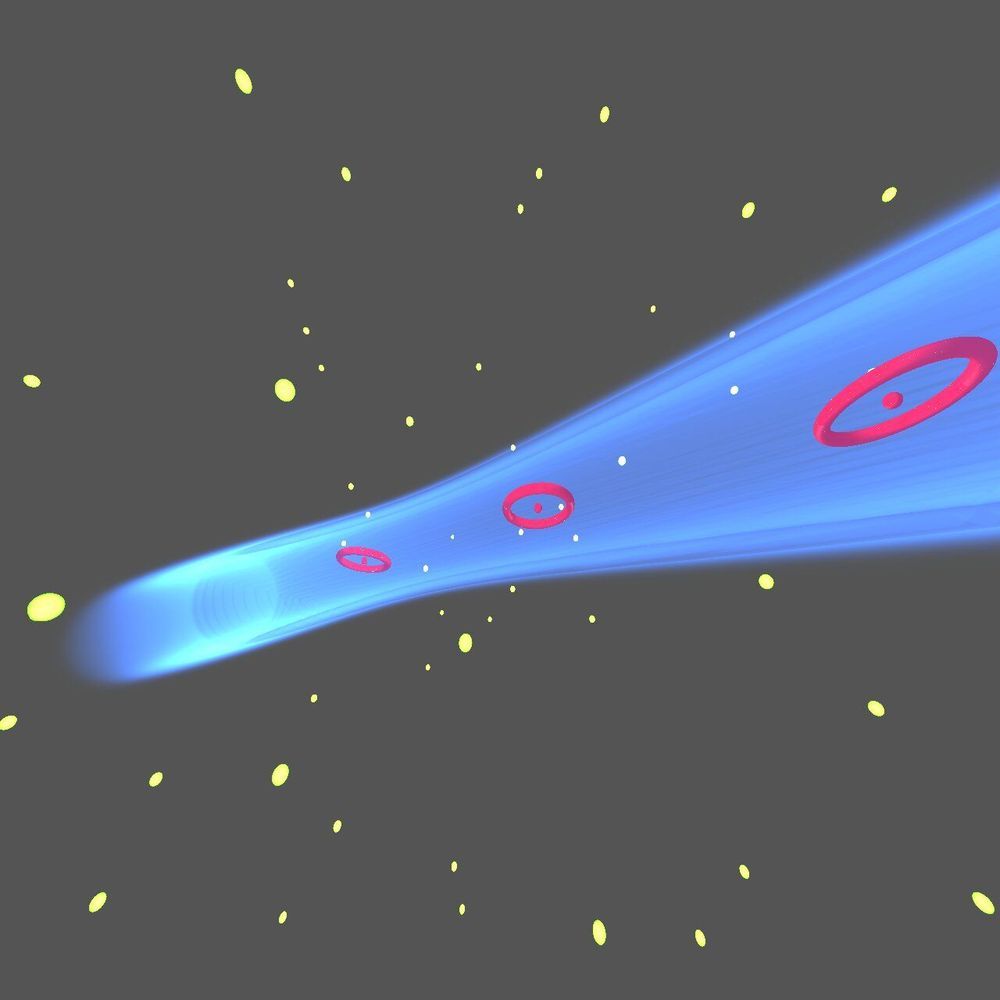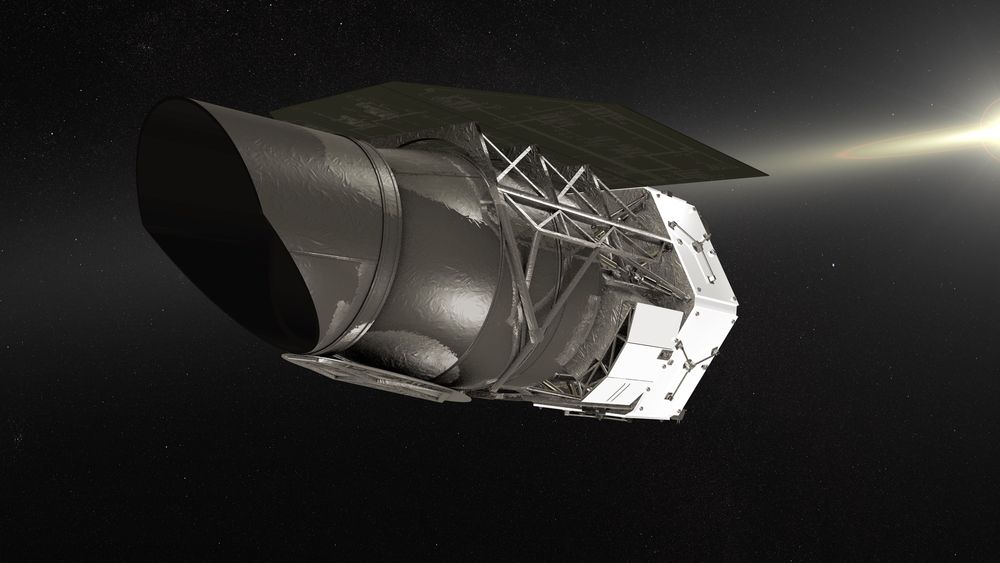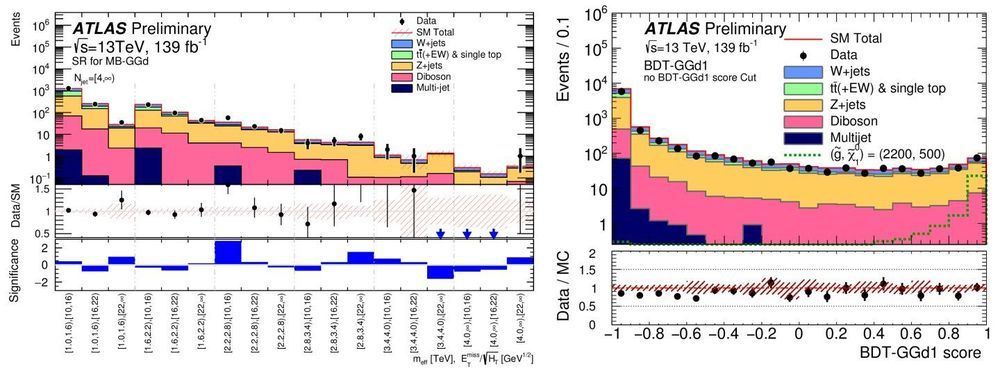Last September, we looked at Dstl and DASA’s new competition to map out the future of naval warfare. With the first contracts now announced, Harry Lye catches up with the Intelligent Ship project.
Page 6737
Apr 9, 2020
NASA Telescope Idea Could Spot Vegetation on Distant Exoplanets
Posted by Quinn Sena in category: space
Apr 9, 2020
Department of Energy Announces $30 Million for Machine Learning and Artificial Intelligence Research
Posted by Genevieve Klien in category: robotics/AI
Focus is on Physical Sciences Research and Management of Complex Systems
WASHINGTON, D.C. — Today, the U.S. Department of Energy (DOE) announced a plan to provide up to $30 million for advanced research in machine learning (ML) and artificial intelligence (AI) for both scientific investigation and the management of complex systems.
The initiative encompasses two separate topic areas. One topic is focused on the development of ML and AI for predictive modeling and simulation focused on research across the physical sciences. ML and AI are thought to offer promising new alternatives to traditional programming methods for computer modeling and simulation.
Apr 9, 2020
Computer Vision Is Solving Problems That Weren’t Even On Our List
Posted by Genevieve Klien in categories: entertainment, robotics/AI
Replicating human interaction and behavior is what artificial intelligence has always been about. In recent times, the peak of technology has well and truly surpassed what was initially thought possible, with countless examples of the prolific nature of AI and other technologies solving problems around the world.
Think about this: Gary Kasparov stated that he would never lose a game of chess to a computer. For a long time, this seemed like a statement that would withstand all tests.
Roll on 1996, however, and IBM developed Deep Blue, a computer bot/program/application that beat the master Gary Kasparov at his own game.
Apr 9, 2020
A Transhumanism Future? – Anders Sandberg Interview
Posted by Michael Dodd in category: transhumanism
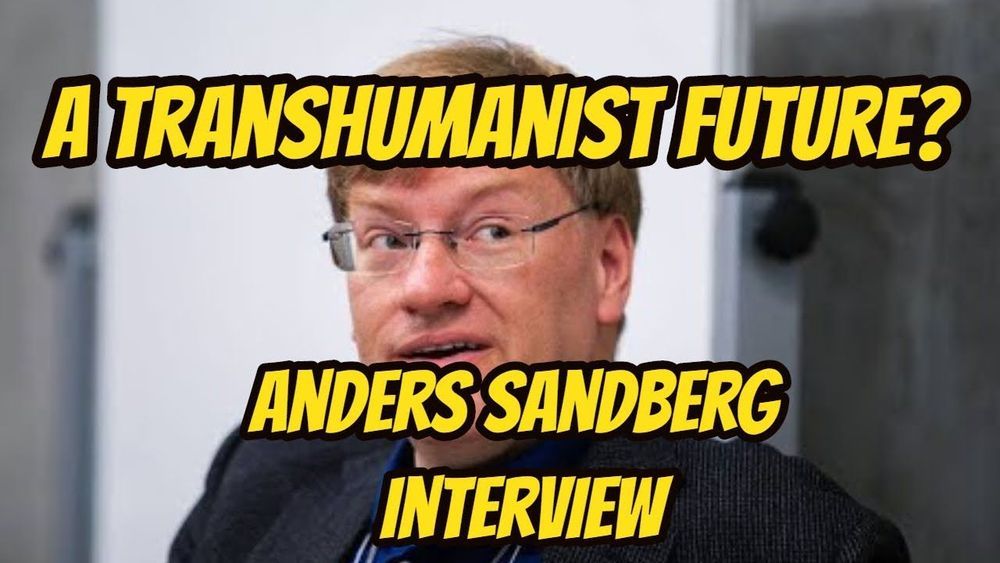
https://youtube.com/watch?v=UFe7oRIDMxs
This is a solid interview on core Transhumanist topics.
My interview with Anders Sandberg, a prominent transhumanist thinker and research fellow at the Future of Humanity Institute at Oxford University. We discuss how the transhumanist movement has changed, how it should engage in politics, whether pre-natural death cryogenics should be allowed and how long humans could live for amongst other things. Hope you enjoy!
Continue reading “A Transhumanism Future? – Anders Sandberg Interview” »
Apr 8, 2020
First successful laser trapping of circular Rydberg atoms
Posted by Quinn Sena in categories: particle physics, quantum physics
Rydberg atoms, which are atoms in a highly excited state, have several unique and advantageous properties, including a particularly long lifetime and large sensitivities to external fields. These properties make them valuable for a variety of applications, for instance for the development of quantum technologies.
In order for Rydberg atoms to be effectively used in quantum technology, however, researchers first need to be able to trap them. While a number of studies have demonstrated the trapping of Rydberg atoms using magnetic, electric, or laser technology, the trapping times achieved so far have been relatively short, typically around 100μs.
Researchers at Laboratoire Kastler Brossel (LKB) have recently achieved a longer 2-D laser trapping time of circular Rydberg atoms of up to 10 ms. The method they employed, outlined in a paper published in Physical Review Letters, could open up exciting new possibilities for the development of quantum technology.
Apr 8, 2020
NASA’s Next Major Telescope to See the Big Picture of the Universe
Posted by Quinn Sena in category: space
Circa 2017
NASA is beginning to design its next big astrophysics mission, a space telescope that will provide the largest picture of the universe ever seen with the same depth and clarity as the Hubble Space Telescope.
Scheduled to launch in the mid-2020s, the Wide Field Infrared Survey Telescope (WFIRST) will function as Hubble’s wide-eyed cousin. While just as sensitive as Hubble’s cameras, WFIRST’s 300-megapixel Wide Field Instrument will image a sky area 100 times larger. This means a single WFIRST image will hold the equivalent detail of 100 pictures from Hubble.
Continue reading “NASA’s Next Major Telescope to See the Big Picture of the Universe” »
Apr 8, 2020
Where Water is Scarce, Communities Turn to Reusing Wastewater
Posted by Quinn Sena in category: sustainability
With the era of dam building coming to an end in much of the developed world, places such as California and Australia are turning to local and less expensive methods to deal with water scarcity, including recycling wastewater, capturing stormwater, and recharging aquifers.
Apr 8, 2020
ATLAS Experiment releases new search for strong supersymmetry
Posted by Quinn Sena in categories: cosmology, particle physics
New particles sensitive to the strong interaction might be produced in abundance in the proton-proton collisions generated by the Large Hadron Collider (LHC) – provided that they aren’t too heavy. These particles could be the partners of gluons and quarks predicted by supersymmetry (SUSY), a proposed extension of the Standard Model of particle physics that would expand its predictive power to include much higher energies. In the simplest scenarios, these “gluinos” and “squarks” would be produced in pairs, and decay directly into quarks and a new stable neutral particle (the “neutralino”), which would not interact with the ATLAS detector. The neutralino could be the main constituent of dark matter.
The ATLAS Collaboration has been searching for such processes since the early days of LHC operation. Physicists have been studying collision events featuring “jets” of hadrons, where there is a large imbalance in the momenta of these jets in the plane perpendicular to the colliding protons (“missing transverse momentum,” ETmiss). This missing momentum would be carried away by the undetectable neutralinos. So far, ATLAS searches have led to increasingly tighter constraints on the minimum possible masses of squarks and gluinos.
Is it possible to do better with more data? The probability of producing these heavy particles decreases exponentially with their masses, and thus repeating the previous analyses with a larger dataset only goes so far. New, sophisticated methods that help to better distinguish a SUSY signal from the background Standard Model events are needed to take these analyses further. Crucial improvements may come from increasing the efficiency for selecting signal events, improving the rejection of background processes, or looking into less-explored regions.
Apr 8, 2020
A physicist explains what CBS show The Big Bang Theory gets right with ‘super asymmetry’
Posted by Quinn Sena in categories: cosmology, quantum physics
Adilson Motter, Northwestern University
After 12 successful seasons, “The Big Bang Theory” has finally come to a fulfilling end, concluding its reign as the longest running multicamera sitcom on TV.
If you’re one of the few who haven’t seen the show, this CBS series centers around a group of young scientists defined by essentially every possible stereotype about nerds and geeks. The main character, Sheldon (Jim Parsons), is a theoretical physicist. He is exceptionally intelligent, but also socially unconventional, egocentric, envious and ultra-competitive. His best friend, Leonard (Johnny Galecki), is an experimental physicist who, although more balanced, also shows more fluency with quantum physics than with ordinary social situations.


